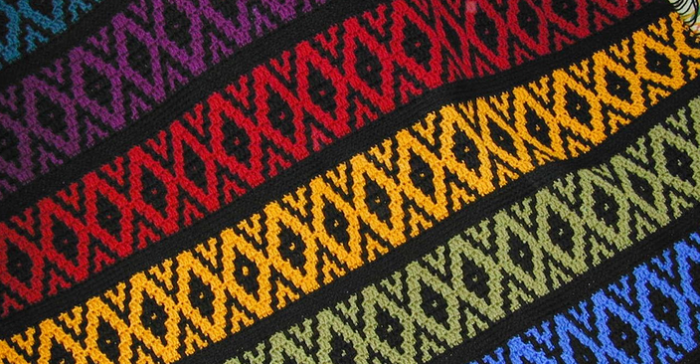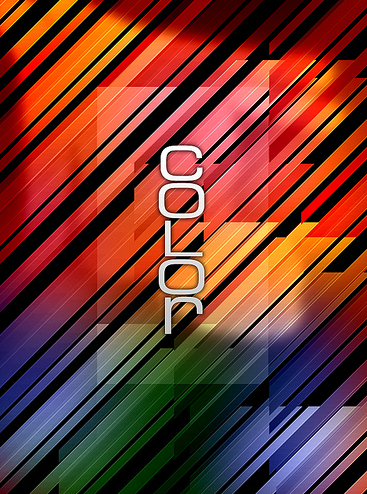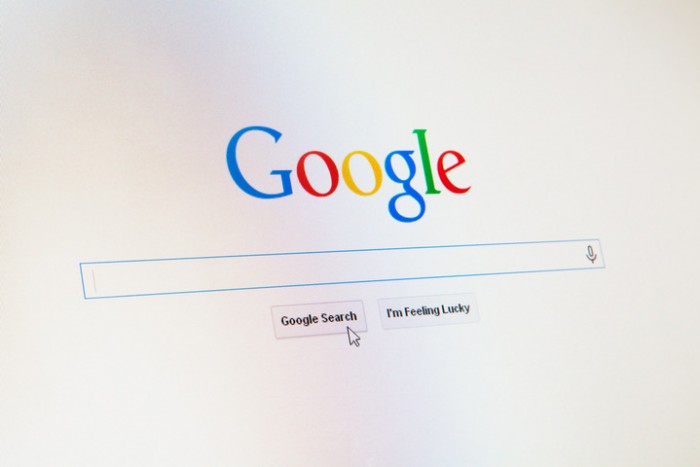Colour psychology is defined as the study of colour as a determinant of human behaviour. While at first the concept may seem strange, consider closely how you feel about colours – certainly there are ones you like, dislike and maybe even hate. It plays an important role in human perception and, as such, an equally vital part in web design.

The goal of many small business websites is to influence the decision making process of the visitor, or potential customer. Many individuals attach emotion to colour and, as such, it can be used to invoke favourable reactions. The following colours, and their meanings, will help you design a website that portrays your business and influences users effectively.
Blue
One of the most popular primary colours for websites of all kinds, blue denotes trustworthiness, security, confidence and friendliness. Ideal for corporate companies and businesses dealing in money, lighter shades are also great for more social destinations on the Web.
Red
Hot and fiery, red is a bold primary colour that stimulates, activates and conveys strength and aggression. Use it if you’d like your website to portray power or a sense of excitement. Deeper shades appeal to older audiences and it makes a great accent colour for important design elements.
Purple
A secondary colour often associated with regality, purple embodies the notions of dignity, abundance and wealth. Also a nod to creativity and wisdom, it suits a luxury brand just perfectly. Created by mixing red and blue, varying shades can also portray the former’s passion and the latter’s stability.
Green
Another popular secondary colour, green is both calming and invigorating. A great way to represent balance in web design, it connotes stability, friendliness and earthiness. A colour that’s popular with both men and women, it’s perfect for environmental businesses.

Yellow
Perhaps the brightest primary colour, yellow is energizing, stimulating and warm. Ideal for giving an impression of happiness, pale shades are great for websites and businesses geared towards children. Yellow’s optimism is contagious.
Orange
Vibrant and inviting, orange is an energetic secondary colour that doesn’t overpower. It’s a great choice for movement in designs and for giving a balanced, friendly impression to a site. Another option that appeals to the younger generation, orange is an excellent choice for sites promoting children’s goods, entertainment and art.
Brown
Down to earth, brown can be overlooked in the web design world. Light brown is calming while shades of tan and beige have a conservative, boring reputation. Dark brown, wholesome and down to earth, appeals to older folks and represents reliability and honesty. Brown is ideal as a background colour.
Monochromatic
The monochromatic colours black, grey and white are commonly used as backgrounds in web design, paired with brighter accent colours. Black is seen as powerful and sophisticated, while shades of grey are, similar to light brown, calming and neutral. White implies purity, simplicity, openness and hopefulness.
According to Web Page FX, 84.7 percent of consumers site colour as a primary motivator in buying a certain product and 80% believe that colour increases brand recognition. An incredibly useful tool for conveying your business in just the right light, upping conversion rates and more, colour psychology is worth looking into.
Sources: Wix, Red Website Design, Social Media Week
Image Credits: tribal spirit 2 by Cheryl, color by Justin Belcher, CC License
Category: Creative & Design, Digital Culture
Tags:Tags: colour, colour psychology, colours, design, meaning of colours, use of colour in web design, web design

Category: Branding, Development, Marketing, Social, Uncategorised
Is your business active on social media networks like Twitter, Facebook, Instagram and Pinterest? If so, do your profiles use…
Read More
Category: Branding, Digital Culture, Marketing, Social Management
It’s 2016 and social media is as popular as ever. With new networks like Instagram and SnapChat taking centre stage,…
Read More
Category: Digital Culture, Networking, Social
As of April this year, LinkedIn had a staggering 433 million users – that’s 2 new users per second! A…
Read More
Category: Branding, Creative & Design, Digital Culture
Launching a small business? You need a name! One of the most important career decisions you’ll make, the name of…
Read More
Category: Development, Digital Culture, Marketing
It’s 2016 and a new year is a great time for a search engine optimization tune-up. The better your SEO,…
Read More
Category: Branding, Copywriting, Digital Culture, Uncategorised
If you’re anything like the team here at Yabsta, you’re probably wondering exactly where the time went – how is…
Read MoreGary Taylor
Email: grt@yabsta.com
Phone: 1 (441) 278-1000
Bermuda
Antoinette Richardson
Email: aharris@bermudayp.com
Swan Building, 26 Victoria Street,
Hamilton, Bermuda HM 12
Cayman
Delisia Ebanks
Email: delisia@yabstadigital.com
Yabsta Digital
23 Lime Tree Bay, 2nd Floor, Governors Square, West Bay Road, Grand Cayman
Mail: P.O. Box 31112, Grand Cayman KY1-1205
Phone: +1 (345) 743-0035
USA
Joanne Weeks
Email: weeks@yabsta.com
Phone: 360-678-7119
Jersey CI & Guernsey CI
Katy Wright
Email: kwright@yabsta.com
UK
Tony Danisz
Phone: 1903820737